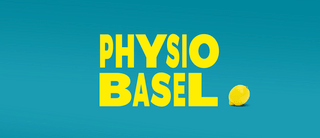Unfortunately we no longer support Internet Explorer.
Please use Microsoft Edge, Google Chrome or [Firefox](https://getfirefox. com/).
Back













Do you own or work for Albiez Andrea?
This is your free listing on Osteopathy-Comparison, a platform of Swisscom Directories SA. A listing is an online presence through which you can raise awareness of your company among potential customers. The more information they can find in your listing, the higher your chances of acquiring potential customers. For the creation of your free listing, the information about your company was obtained from the Swisscom Directories SA directories.
To complete your listing, submit a request to gain control over the account!
About Us
Services
Parietal osteopathy
Osteopathy for children
Osteopathy for babies
Languages
German
Location and contact




Show directions
Albiez Andrea
- office address
Paracelsusstrasse 53 4058 Basel
-
Andrea Albiez
- Phone 0616... Show number 061 681 05 72 *
- Write an e-mail
- Visit site Visit site
- * No listing required
reviews
Do you wish to rate "Albiez Andrea"?

There are no reviews for this company yet.
Have you any experience of this company?

* These texts have been automatically translated.

Albiez Andrea

